Parsnip, beneficial properties and contraindications, use in folk medicine
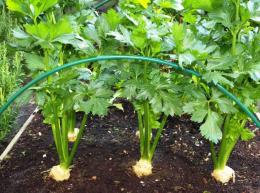
What are the beneficial properties and contraindications of parsnip, what is it?
These questions are of interest to people who use natural substances for treatment and use folk recipes.
This article will answer these questions in full.
Content:
- Parsnip, description of the vegetable, what it looks like
- What do parsnip roots taste like and what substances do they contain?
- What beneficial properties does it have?
- Use in folk medicine
- How to use parsnip tops
- Contraindications for use
Parsnip, description of the vegetable, what it looks like
Parsnip belongs to the family Celery. It has two more names: Peruvian carrot and Arracachu. Europeans first learned about this plant in Peru, from the Indians, who cultivated this vegetable and began to use it for food and treatment. It looks like a carrot.

The plant is biennial, has a thick root and a sharp, ribbed stem, the tops are pinnate. The vegetable blooms from mid-July to mid-August, the inflorescences are yellow.
The fruits are ready for consumption at the beginning of autumn, they taste sweet and aromatic, the color is brown or yellow, the shape is elliptical, round.
The roots and leaves are of particular value; thanks to their beneficial properties, the product has proven itself in traditional and folk medicine. Successfully used in cooking and cosmetology.
What do parsnip roots taste like and what substances do they contain?
The part of the root that is closer to the tops has a pungent taste. The long and thick roots are sweetish, very similar in taste to carrots.
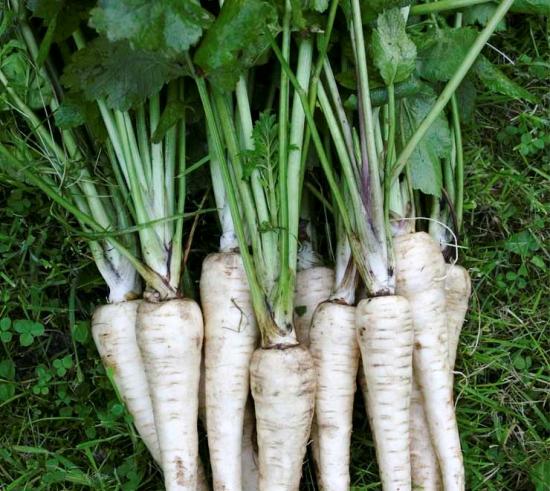
The root vegetable contains the following substances:
- B vitamins;
- essential oils;
- easily digestible carbohydrates;
- ascorbic acid;
- mineral salts;
- carotene;
- potassium.
Parsnip root contains a lot of sucrose and fructose, so this vegetable Recommended for use by diabetics.
What beneficial properties does it have?
Product properties:
- immunomodulatory;
- tonic;
- diuretic;
- painkiller;
- sedative;
- antispasmodic;
- antioxidant;
- expectorant;
- choleretic.
Medicines based on parsnip are a good enveloping agent and have a laxative effect, cleansing the body of toxins and waste.
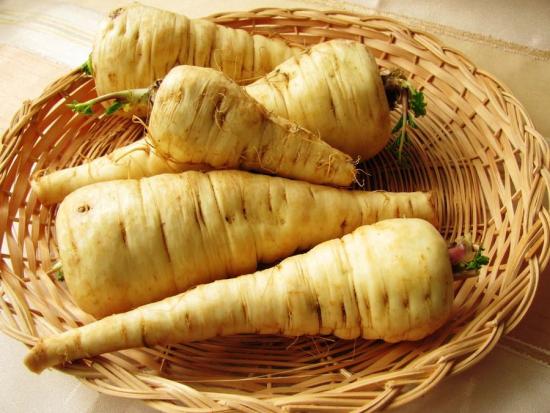
The vegetable also improves the functioning of the digestive tract, increases appetite and has an anti-inflammatory effect.
The product contains few calories, therefore it promotes weight loss and is indicated for obesity.
For more useful information about the beneficial properties and contraindications for using parsnip as a medicinal product, watch the video:
Use in folk medicine
In alternative medicine, parsnips are used very often. It is used in the form of a decoction, infusion, freshly squeezed juice and tea. The juice is used to increase immunity and for loss of strength.
It also improves appetite, stabilizes the digestive system, and improves the structure of blood vessels. The juice also has an expectorant effect and has analgesic properties.
For the best effect, you should take fresh juice, it retains all its healing properties.
Parsnip tea is used in folk medicine for hallucinations and delirium tremens. A weak tea prepared from the leaves calms the nervous system and saturates the body with beneficial substances.
Decoctions prepared from the roots are used as an anti-inflammatory agent, against viral and colds, and help cope with emotional exhaustion and central nervous system disorders. The effectiveness of such drugs exceeds the effectiveness of medications several times.
The main thing is to consult with your doctor before starting treatment to exclude contraindications and avoid side effects.
How to use parsnip tops
Parsnip foliage is no less useful than the root system; tinctures and decoctions are made from the tops to treat various pathologies.
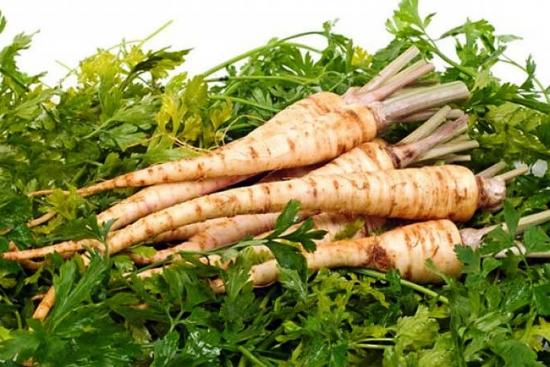
Here are some examples.
Recipe for intestinal colic
Cooking principle:
- For four hundred milligrams of water, take two small spoons of crushed, dried leaves.
- The product is brought to a boil and after ten minutes removed from the heat.
- The decoction is infused for three hours.
- Take one hundred milligrams 30 minutes before meals three times a day.
- A consultation with a gastroenterologist is required.
Recipe for severe cough:
You need to pour 200 milligrams of boiling water into 2 large spoons of dried leaves and leave for half an hour.
Can be drunk or used as a rinse. Thanks to its expectorant effect, it allows you to quickly get rid of a debilitating cough.
Remedy for baldness
Preparation principle and application:
- Take a liter of hot, not boiling water, add a couple of large spoons of crushed, dried leaves, and boil the product over low heat for a quarter of an hour.
- Drink a tablespoon in the morning, lunch and evening.
- The same product can be rubbed into bald areas (using circular movements) to enhance the effect.
To avoid side effects, you must immediately take a small amount of the decoction and observe the body’s reaction.
Let's watch another video about the healing properties of the plant:
Contraindications for use
Parsnips are a very healthy vegetable, but, unfortunately, they have a long list of contraindications; if they are not taken into account, health problems may arise.
You cannot treat with parsnips in the following cases:
- Ulcer of the duodenum and stomach. Medicines based on this vegetable can worsen the exacerbation.
- Urolithiasis disease. Parsnips can provoke the removal of large stones and cause blockage of the canal.
- Kidney failure.
- Hypotension. Parsnips have been proven to lower blood pressure. With chronic use, it can reduce blood pressure to critical levels.
- Individual intolerance. In very rare cases it may cause allergies.
- Skin sensitivity. On contact, the vegetable can cause burns.
If you decide to take the drug if you have one of the listed diseases, be careful and see a doctor.
However, for the sake of maintaining health, you can find alternative treatment.
So, parsnip is a unique vegetable that adds zest and piquancy to dishes, while improving health, eliminating many pathologies.
Before using it, you should make sure that it is safe in your case.

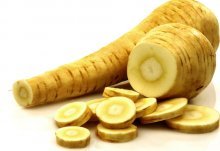
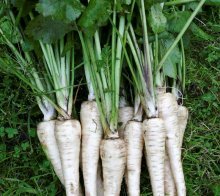
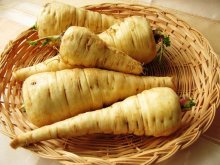
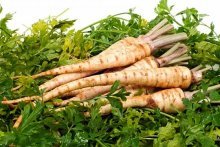
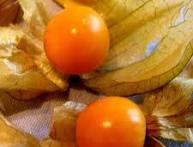
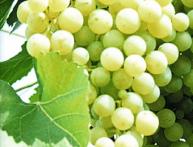
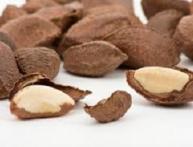
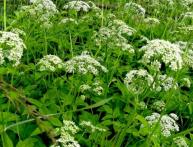

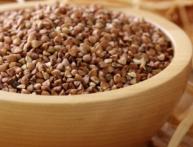
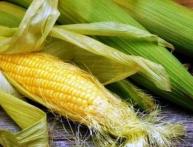

Comments
We have never prepared any dishes using parsnips, and even for medicinal purposes. You can try stewing parsnips along with potatoes and cabbage instead of carrots.I think that the taste of the stew will change slightly.
It’s somehow not particularly popular here; no one grows it on their property. For example, I just found out about him. Unfortunately, this plant is not for me, since I have a kidney disease.
I plant this plant almost every year; it is unpretentious and produces a good harvest. But the possibilities of using it for food are extremely limited, although I know about its beneficial properties.